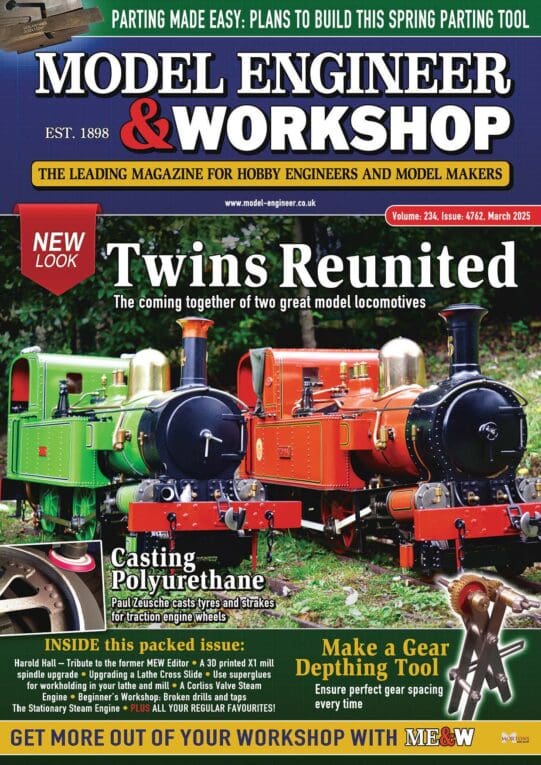Wannabe,
Its not easy to define the exact motion of the "tangential" tool. In so far as it cuts on the end of the the tool like the lathe tool being marketted at present by the Aussies, you could construe it as tangential I suppose.
The apparent incline of the toolbit is, I would suggest, nothing more than shadow on the photo.
As far as which would be easiest of the two versions 181 is not particularly beefy and if you needed a bigger version you would need to spend time adjusting those angles to get the neccesary clearance on the tool edges.
187 is perhaps more adaptable to particular needs but relies on having a ready supply of toolbits whereas £10 will get you up and running (toolbit included) if you buy one off the shelf from one of the several online traders.
As MOBND suggests balance is unlikely to be a problem unless you are running at super high speeds More relevant is the ability to keep two tools so aligned that they take equal shares of the cut and load on the spindle. This is seldom easy to achieve and most are happy to get by with just one cutting edge going round.
At the end of the day the choice must be yours. Do you want the challenge of making one or have you a job in mind that requires flycutting and then material factors may also influence you choice of cutter.
Hope this helps rather than confuse
Bob D
Michael Cox 1.




